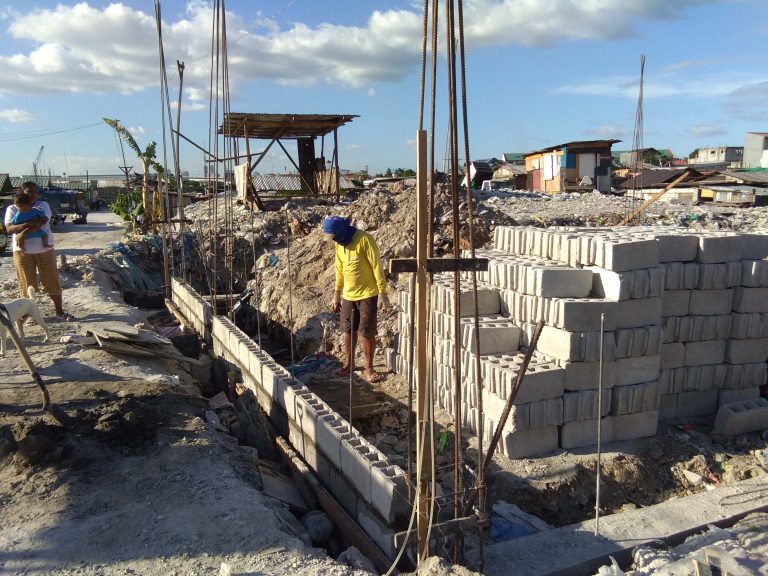Church Planting
THE URBAN POOR
“A Sustainable Church In Every Slum”
The older a slum community, the harder it is to evangelize. The bigger it is, the harder to organize. Very small communities also tend to be cliquish. They exert a lot of peer pressure for members to conform to the behavior of the larger group, so that a decision to receive Christ is often frowned upon and made to appear as anti-social. The ideal community is from 300-500 houses and not more than 5 years old as a community.
PROGRAM THRUSTS
Community Development and Community Organizing
Church Planting
Fund Raising
Promotion, recruitment and mission mobilization
Education and training
Community building and community life




CHURCH PARTNERSHIP
We plant churches in partnership with local churches, which eventually become the mother church of the churches we plant in the slums.


CHURCH MOBILIZATION
Our missionaries are sent by their home churches who are committed to pray and send financial support.


The CWTP Church Planting STRATEGY
The MMP strategy is to do aggressive evangelism in a slum community that is relatively young and where community organizing has not yet developed.
Before starting, MMP does a survey called a community profile. From this, we survey the Physical Territory (terrain, roads, trees, soil types, facilities, distance and accessibility, density of housing, rented or owned, owner of the land, if squatter or not, expenses for water, electricity, gas, transportation, average size of families, dominant occupation and source of income, number of commerical establishments, most common sickness, province or origin, and dialect); the Religious profile (how many have been exposed to Bible study before they want to hear the gospel, and how many want to attend worship service and other religious practices). And finally, the Political profile (who are the community leaders, how did the community came to be and which have succeeded or failed, and any outside help in the past).
Our strategy is to do aggressive evangelism in a slum community that is relatively young and where community organizing has not yet been developed. Before starting, a Community Profile survey is made at the area, which includes:
Physical Territory (terrain, roads, trees, soil types, facilities, distance, and accessibility, density of housing and total number of houses)
Socio-economic Profile ((materials used for housing, rented or owned, owner of the land, if squatter or not, expenses for utilities, average size of families, dominant occupation and source of income, most common sickness, province of origin and dialect).
Religious profile (how many have been exposed to Bible study before they want to hear the gospel, and how many want to attend worship service and other religious practices).
Political profile (look for the community leaders, how the community came to be, how they organize themselves, projects they have done and which have succeeded or failed, and any outside help in the past).
Fast Track Church Planting
From the community profile, CWTP team strategizes the approach for the church planting. One to two months of praying and waiting on the Lord is spent before the ministry begins.
Normally, the fast track church planting uses the community profile by identify the existing families who are already born-again and who will attend worship. Right away, the team will build a makeshift shelter as worship area (may also rent a lot) where the first worship will be conducted within the first two months. The lot may be leased or the right to the land is bought.
Simultaneously with the construction of the church building, the rest of the team will go out and do door to door evangelism. The objective is to filter out the community. On the initial stage, we only establish relationship enough to ask the hard questions right away so as to conserve time: are you interested in hearing the good news about Jesus Christ and do you want to attend bible study? If the response is not open, we walk away and go to the next house. The objective is to go to all the houses and find those who are ready. . As much as we can, we aggressively invite all attendees to be in the weekly bible study.
Community Organizing
Community organizing will get a lot of non-Christians who are good quality leaders and workers. They usually have jobs and are very mature and responsible. The membership grows very fast, in one year, up to 100 members, 90% of whom are non-believers. Each weekly meeting, we share the gospel, slowly developing friendships with them. The team usually aims to finish the work in two years and have at least 50 adults attending regularly.

